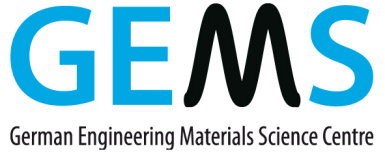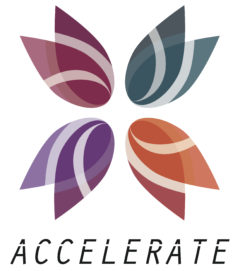ACCELERATE Research2Business Online-Workshop: Residual Stress Analysis
Zoom
Residual stresses are mechanical stresses present in a workpiece or a component, which is not influenced by external forces or heat gradients. They are present in nearly all materials and result from deformations, heat treatments or structural changes (phase transformation). Uneven cooling in castings or welds also leads to significant residual stresses.

Residual stresses, superposed by external load during service conditions of the material can lead to premature failure of the components. In other cases, residual stresses are generated on purpose to obtain materials with special features. This technique is called residual stress engineering.
What are the best ways to achieve understanding about residual stress in your materials and components? This workshop will cover both standard laboratory techniques and advanced methods at large scale research facilities. It will showcase how synchrotron radiation and neutrons can, in a non-destructive manner, give insights into residual stress in materials and engineering components. Several techniques will be explained and linked to current questions.
The workshop is presented by:
This  Workshop is organized in collaboration with the ACCELERATE project (Funded by the Horizon 2020 Framework Program of the European Union A.G. Number 731112).
Workshop is organized in collaboration with the ACCELERATE project (Funded by the Horizon 2020 Framework Program of the European Union A.G. Number 731112).
The workshp is supporteed by the EASI-STRESS project (Funded by the Horizon 2020 Framework Program of the European Union A.G. Number 953219)


